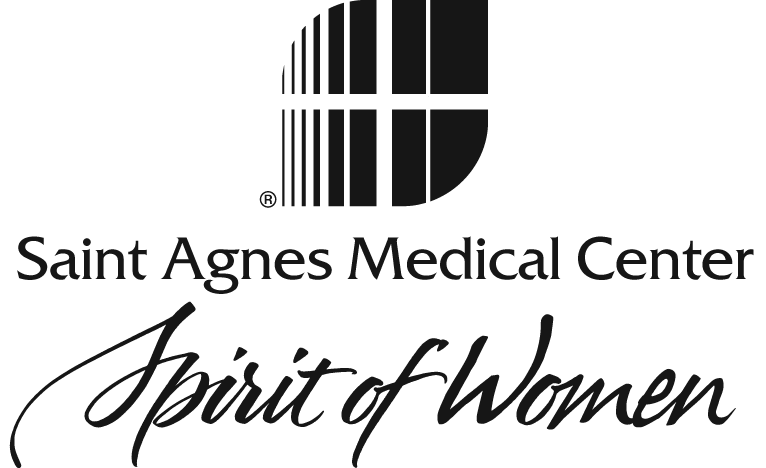I’m Having Twins (Or Triplets)! Now What?
The news that you’re pregnant with twins or triplets can come as quite a shock. But there’s no reason to panic as long as you know what’s ahead both mentally and physically throughout a multiple-birth pregnancy.
Get an early start
Because medical complications are more common in a multiple pregnancy, including nausea and vomiting, gestational diabetes, hypertension, preterm labor, anemia, hemorrhage, cesarean delivery and postpartum depression, it’s key to find a physician you trust and work well with right away.
A consultation with a high-risk pregnancy specialist early in pregnancy is also vital so you can make a comprehensive care plan. You’ll need to find out if each fetus has its own placenta and amniotic sac or whether they share, because this can really impact the risks for congenital defections.
It is also recommended to get genetic counseling early in the pregnancy because the routine tests for detecting Down syndrome can be less reliable when there is more than one fetus.
Prenatal preparation
Much of the advice for a multiple pregnancy is the same as that for single pregnancies: limiting vigorous activities, eating plenty of fruits and vegetables and lean proteins, getting enough rest, drinking enough fluid and taking a prenatal vitamin. The main difference for those with multiple pregnancies is making more frequent visits to the doctor and getting more ultrasounds because both twins and triplets are at higher risk for conditions like preterm labor and require more monitoring.
Some physicians advise moms who are pregnant with twins to up their calorie intake by 500 calories rather than the usual 300 calories for single pregnancies, and to add one milligram of folic acid daily. It is also recommended that mothers of multiples have ultrasounds every three weeks to monitor growth.
Special deliveries
Even though twins and triplets tend to be on the smaller side–generally 5.5 pounds up to 7 pounds each–the weight of multiples can cause more discomfort as the pregnancy nears its end.
Swimming can be very beneficial because the water takes the pressure off and can reduce the swelling of the legs. Walking can be helpful too, and some maternity support belts can help ease the pressure of the belly on the pelvis.
In the last trimester of a multiple pregnancy, it’s especially important to pay close attention to signs of contractions or preterm delivery symptoms such as vaginal bleeding, water breaking or other changes. Most twins will arrive between 37 and 39 weeks and may be able to be delivered vaginally, while most triplets will deliver by 36 weeks and almost exclusively by cesarean section.
With early and frequent medical care throughout pregnancy, mothers of multiples can give their new little bundles of joy the best chance for a healthy, uncomplicated birth before the real fun begins back at home.
Breastfeeding multiples
Breastfeeding twins or triplets can be more challenging than feeding a single baby, but many women can produce enough milk through nursing and/or pumping to satisfy two or more babies. For help with the basics and the special strategies that make it easier to breastfeed multiples, plan on taking breastfeeding classes designed for moms of multiples before you give birth.
